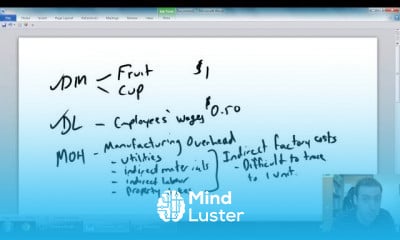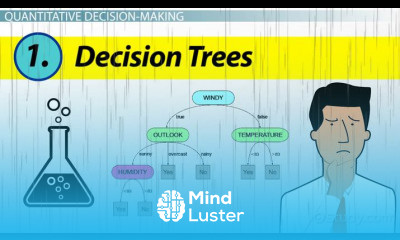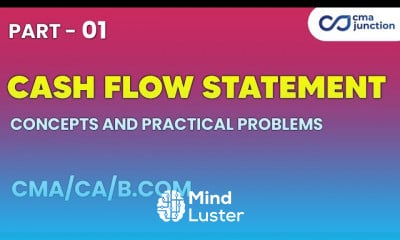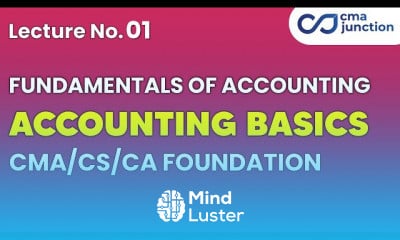The Audit Committee
Share your inquiries now with community members
Click Here
Sign up Now
Lessons List | 45
Lesson
Show More
Lessons
Comments
Related Courses in Business
Course Description
Auditing is defined as the on-site verification activity, such as inspection or examination, of a process or quality system, to ensure compliance to requirements. An audit can apply to an entire organization or might be specific to a function, process, or production stepWhat is the purpose of auditing?
The purpose of an audit is to form a view on whether the information presented in the financial report, taken as a whole, reflects the financial position of the organisation at a given date, for example: Are details of what is owned and what the organisation owes properly recorded in the balance sheet?What are the 3 types of audits?
There are three main types of audits: external audits, internal audits, and Internal Revenue Service (IRS) audits. External audits are commonly performed by Certified Public Accounting (CPA) firms and result in an auditor's opinion which is included in the audit report.
Trends
Graphic design tools for beginners
Financial Accounting
Logo Design
Figma for UX UI design
Web design basics
Advanced Logo design methods
Accounting Finance course
Graphic Design | Photoshop
Customizing type for logos
UX design career in 2025
Accounting
Best zoology books
Freelance graphic design business
Web Design 101 Free Full Course
Graphic Design Basics
Essential skills for web designers
SQL for accountants and finance managers
Mastering logo design in illustrator
Web Design Using HTML CSS
Figma Signing Up and Signing In
Recent
Bioinformatics basics
Bioinformatics databases
Vitamin A to Z tablets
Best zoology books
Best cream for piles pain
Laser surgery for piles
Best cream for piles
Anal fissure treatment
Best antibiotics for diseases
Antibodies structure
Macrophage structure
Drosophila genetics
Diagnostic tests
Bioinformatics
Genetics
Gene therapy
Kidney structure
DNA replication and types
Bacterial cell structure
Parasite structure


















